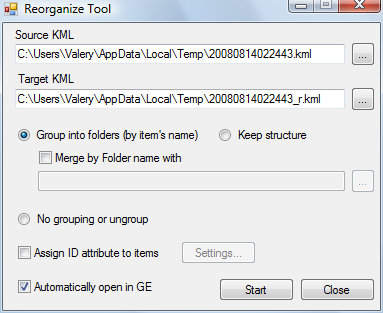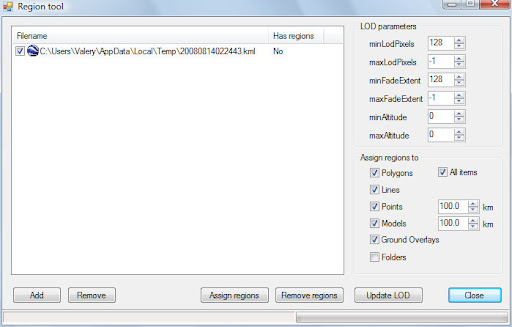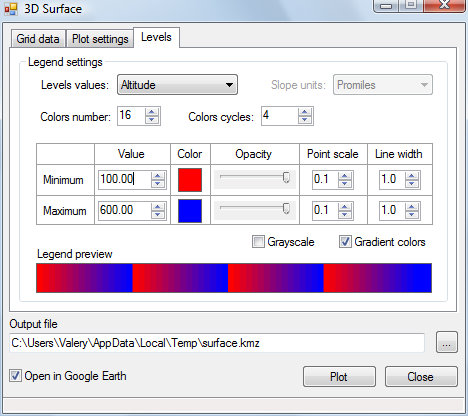
If you don’t see your map, ensure your unit is configured to display custom maps.Copy the kmz file to your GPS unit > Garmin > CustomMaps folder.Select the two files (Composite.png and Doc.kml), right-click, and save to a new zip file.Change the extension on Composite.png to Composite.jpg and save the file and quit Notepad Edit the doc.kml file by dropping it on a Notepad window.Convert the Composite.png PNG image to a JPG.Use 7zip to extract the contents of the resulting KMZ file to a folder.and the Data Content Properties to create a single composite image Be sure to set Extent Properties to use the layer from 2.


MENU > Setup > Map > Map information / Select Map and scroll to Custom Maps. This process will vary slightly depending on the unit you have it should be similar to the following (steps from a GPSMap 78): To view your exported map on your Garmin GPS, you will need to ensure custom maps are enabled (they are by default). In addition to ArcMap, you should also have access to a text editor such as Notepad, an image editor such as the GIMP or ImageJ, and Google Earth. This video illustrates the export process, plus some quick edits you can make to create a Garmin-compatible KML file that will work on most recent map-enabled Garmin GPS units, such as the Dakota, Oregon, Colorado, Map78, map 62, and the eTrex 20 & 30.

The exported KMZ file will open in GoogleEarth or other KML file viewers, but the default image format it creates is not compatible with Garmin GPS units. ArcGIS includes a Map to KML tool that will create a KML file from an existing map document.


 0 kommentar(er)
0 kommentar(er)
